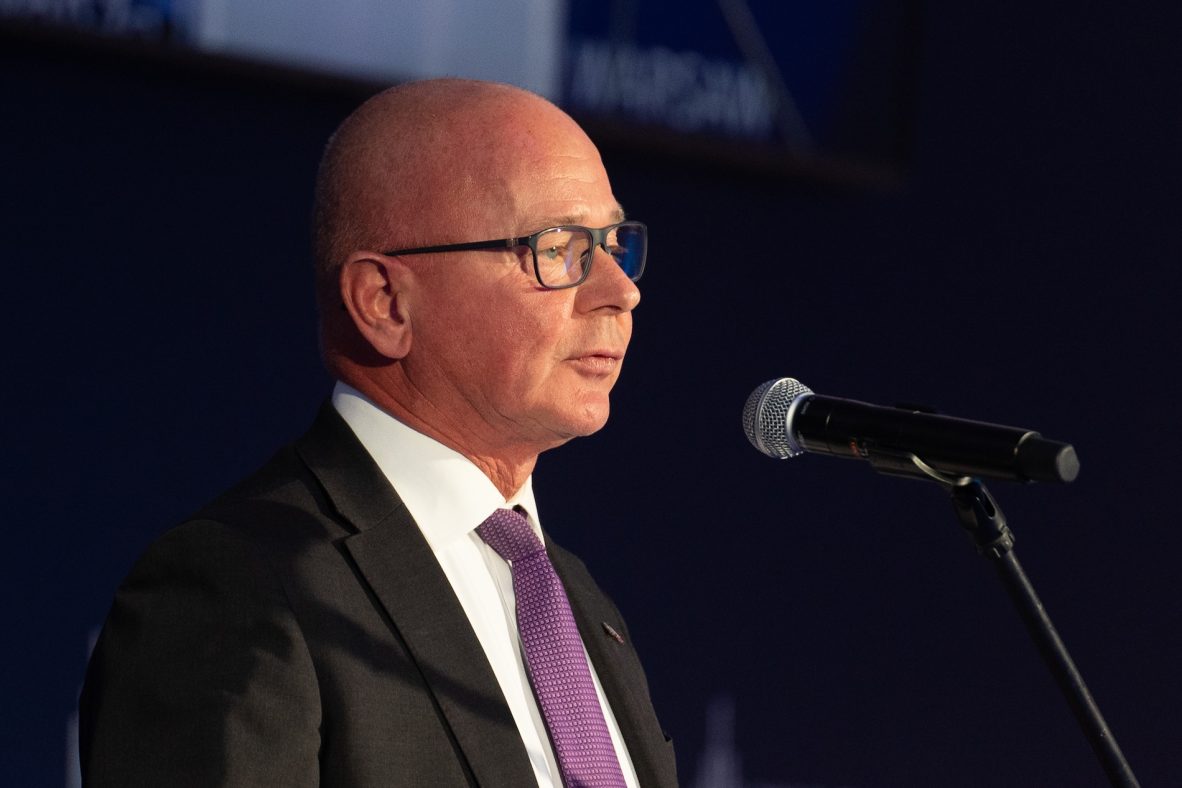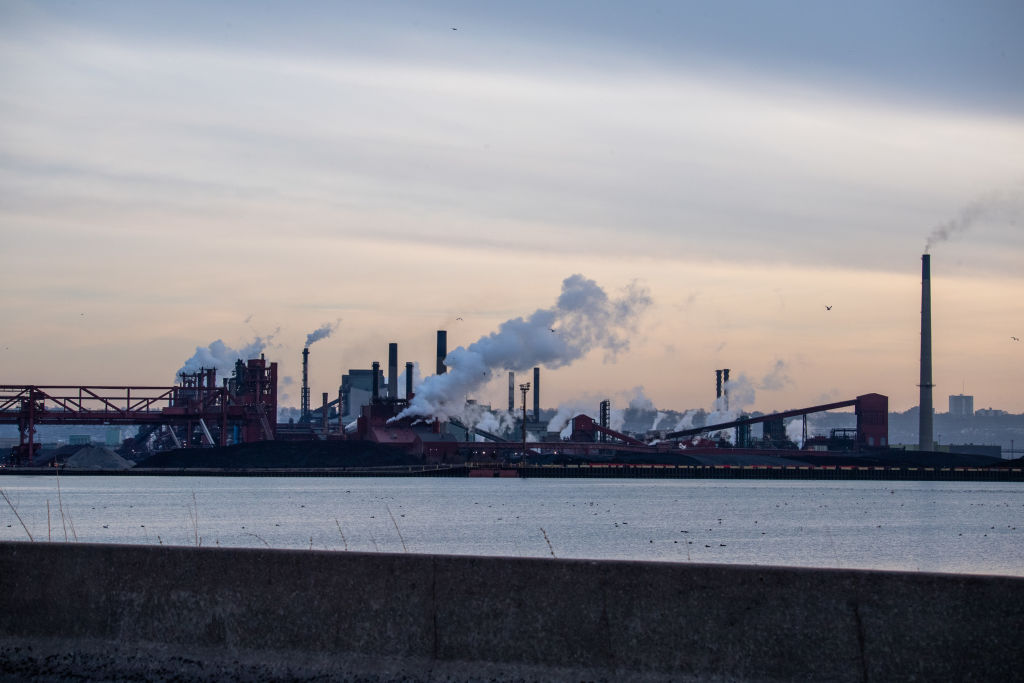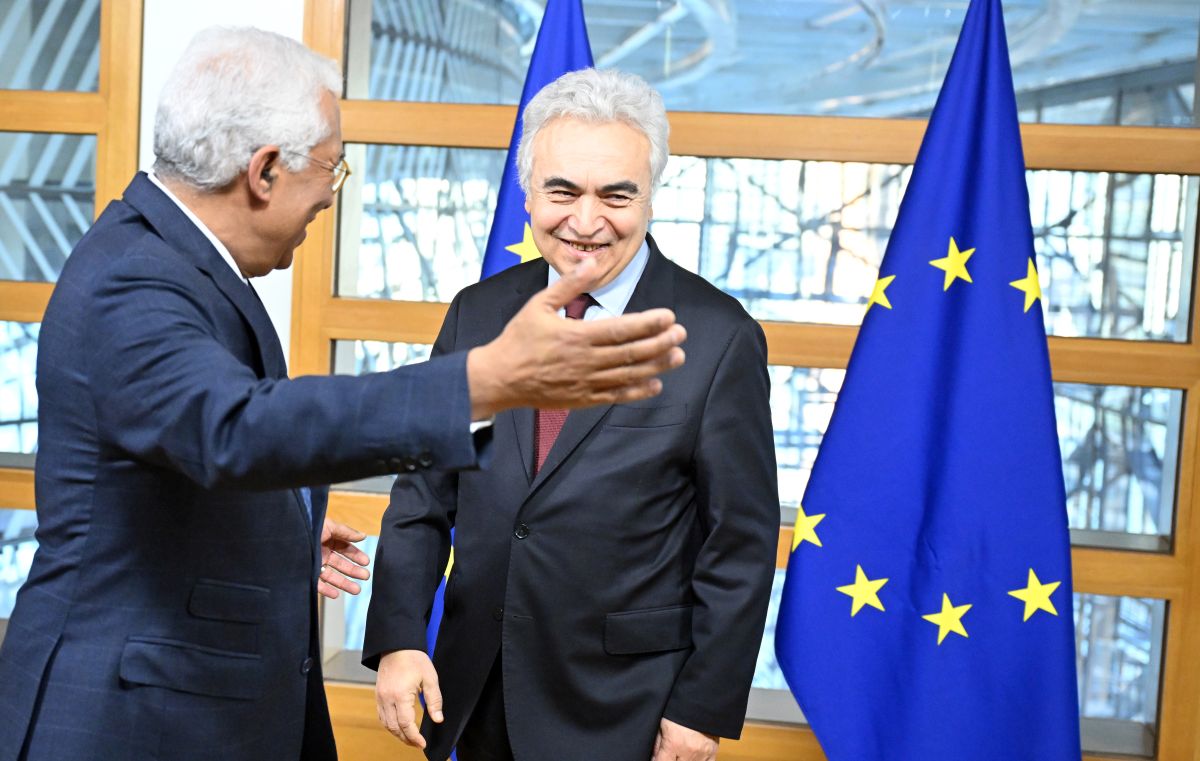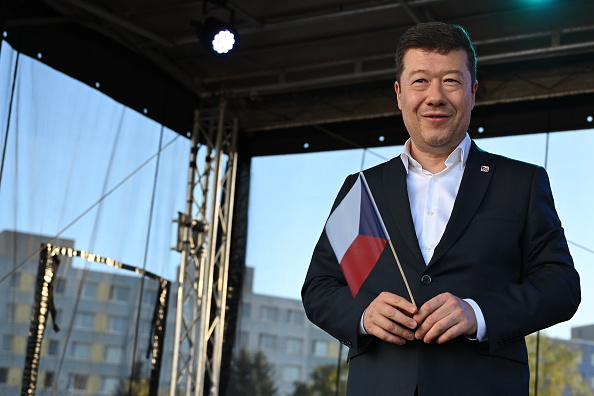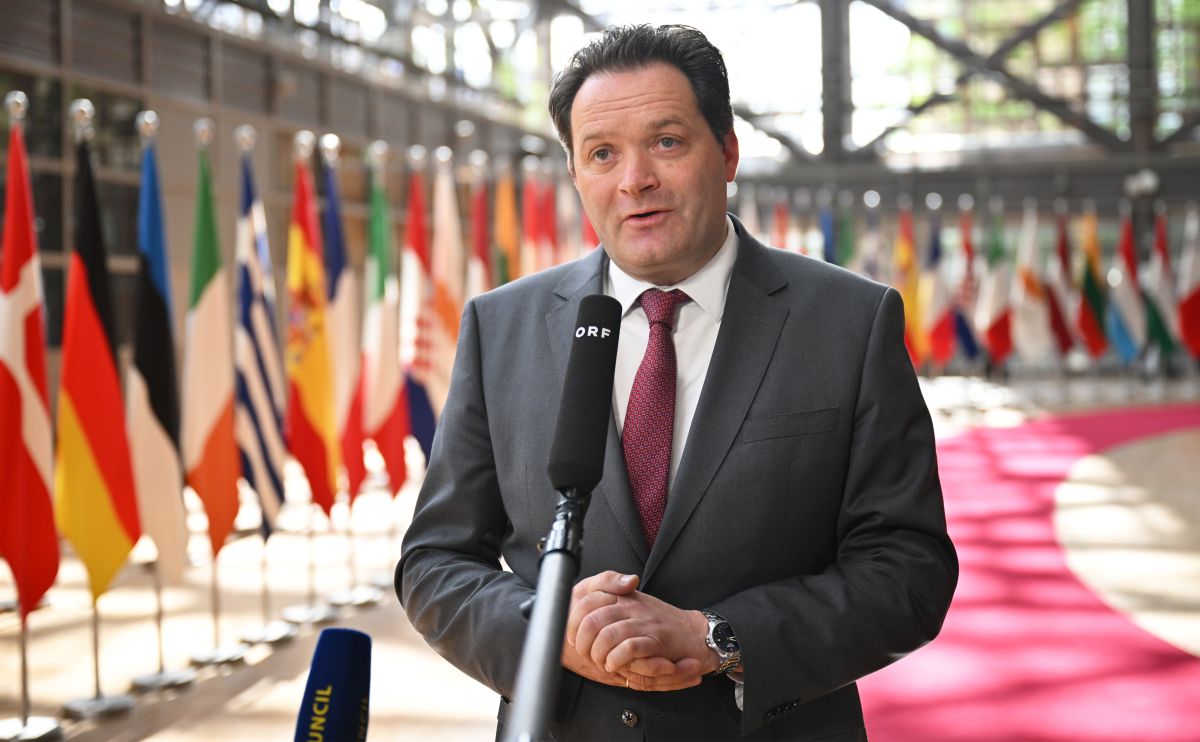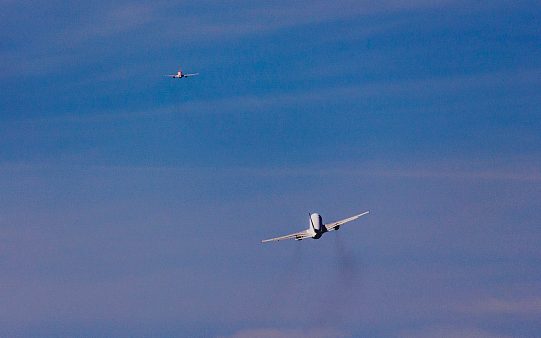Brenner tunnel breakthrough shows how Europe is preparing for future crises – and wars
EU transport chief says tunnel will speed up civilian and military transport across Europe
The Alps once served to keep European enemies apart. But with former adversaries turned allies, the mountains now represent a barrier to military mobility – one that the Brenner Base Tunnel seeks to overcome. A key milestone in the project is being celebrated today.
“The Brenner Base Tunnel is a major step for Europe’s connectivity and resilience. By increasing rail capacity and speed, aligning cross-border standards, and shifting traffic from road to rail, it will make civilian and military transport across our continent faster and more efficient,” EU Transport Commissioner Apostolos Tzitzikostas told Euractiv in a written statement.
The project’s exploratory tunnel celebrates its breakthrough on Thursday, completing a continuous Austria-Italy connection beneath the Alps. So far, around 87% of the works – more than 200 of the 230 km – have been excavated, the joint venture overseeing construction confirmed.
As part of the Scandinavian-Mediterranean TEN-T corridor, the tunnel will replace the current rail line that runs alongside the overcrowded Brenner crossing.
Travel across the Alps has long been a challenge and a source of dispute between Austria and Italy, with Vienna limiting road freight along one of Europe’s busiest trade routes.
Once completed, the Brenner Base Tunnel – one of the world’s longest railway tunnels – will connect Innsbruck in Austria with Fortezza in Italy, reducing rail travel time by about 60% to just half an hour.
Military dimension
The ability to move military equipment quickly across Europe has become increasingly important since Russia’s full-scale invasion of Ukraine in February 2022.
Scheduled for completion in 2032, the tunnel’s two main lanes will create an almost flat railway running up to 1,400 metres beneath the Alps. The current crossing, by contrast, has slopes of up to 26%, requiring three locomotives from the Austrian side and two from the Italian, making rail transport less competitive than the already crowded road option.
The faster, electrified and standardised railway will allow for longer, heavier trains, significantly improving military logistics in times of crisis.
“For Austria, it means one thing above all else: faster deployment of forces and equipment in the context of national defence and in the event of disaster and relief operations at home and abroad. [The tunnel] thus strengthens national operational capability and at the same time contributes to European resilience,” the Austrian Defence Ministry told Euractiv.
The project is expected to cost around €10.5 billion, shared equally by Austria and Italy, with the EU contributing half of the total.
(aw)

